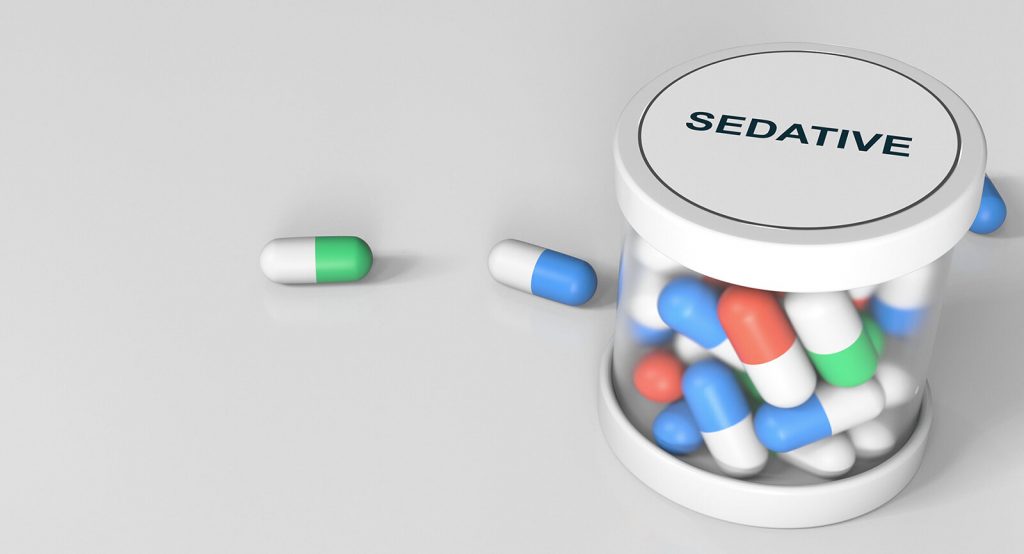Study Suggests Sedation May Prevent NIV Failure, but Continuous Sedation May Increase Mortality in DNI Patients

Vapotherm’s Hi-VNI® Technology is a tool for treating respiratory distress in patients for whom prescribers desire to add heat and moisture to breathing gases. This webpage contains links to third party abstracts and/or publications that describe certain outcomes in relation to the use of Vapotherm’s Hi-VNI® Technology, but individual results may vary. Practitioners should refer to the full indications for use and operating instructions of any products referenced herein before prescribing them.
In July 2015, Matsumoto and colleagues published the results of a retrospective, single-center study in BMC Pulmonary Medicine titled “Role of sedation for agitated patients undergoing noninvasive ventilation: clinical practice in a tertiary referral hospital.” The study examined records of 3506 consecutive patients that had been placed on noninvasive ventilation (NIV) due to respiratory failure in a 700 bed tertiary hospital in Japan. Of that patient pool, 3.4% (120, 81 DNI, 39 non-DNI) had received sedation due to agitation during NIV. The study found that 96% (115) of patients were able to continue NIV with sedation, but also found that the mortality rate for DNI patients in the continuous use group was significantly higher at 81% while the intermittent use group had a 57% mortality rate (P = 0.020).11. Matsumoto, Takeshi, Keisuke Tomii, et al. Role of sedation for agitated patients undergoing noninvasive ventilation: clinical practice in a tertiary referral hospital. BMC Pulmonary Medicine 201515:71.Read Full Text
Additionally, the study found that there was a significant increase of PaCO2 levels in the continuous sedation group (6.7 ± 15.1 mmHg continuous vs. -2.0 ± 7.7 mmHg intermittent, P = 0.028) 24 hours after initiation, suggesting that even though sedation improved NIV compliance, continuous sedation bore more negative outcomes than intermittent sedation. The authors noted that clinicians should therefore be especially vigilant when initiating sedation in hypercapnic patients, as all of the high PaCO2 level patients observed had hypercapnia prior to receiving sedation.
Overall, of the patients that received sedation 60 % (72) received it intermittently, while 31% (37) were switched to continuous use and 9% (11) were continuously sedated from the beginning of application. The baseline severity between the DNI and non-DNI groups were similar and none of the DNI patients required intubation due to agitation during NIV.
Despite the greater mortality rate and greater PaCO2 levels in the continuous group, the authors concluded that sedation during NIV may help avoid NIV failure in agitated patients and called for further research.
It is worth noting that in general research on the frequency of sedation in anxious NIV patients is sparse.22. Hilbert G, Clouzeau B, Nam Bui H, Vargas F. Sedation during non-invasive ventilation. Minerva Anestesiol. 2012 Jul;78(7):842-6. Epub 2012 May 11.Read Full Text There is likely to be variability in use of sedatives between different hospitals and regions of the world. There is also great variability among reports of sedation rates, with one review conducted by Longrois and colleagues finding a sedation rate of 25% of all NIV patients, and 40% of critically ill patients.33. Longrois, Dan, Giorgio Conti et al. Sedation in non-invasive ventilation: do we know what to do (and why) Multidiscip Respir Med. 2014; 9(1): 56. Published online 2014 Nov 4. doi: 10.1186/2049-6958-9-56Read Full Text
References